Syria: CIA fabricated nuclear reactor photos
Syria's ambassador to the U.S. says the CIA fabricated pictures allegedly taken inside a secret Syrian nuclear reactor.
Saturday, 26.04.2008.
15:51

Syria's ambassador to the U.S. says the CIA fabricated pictures allegedly taken inside a secret Syrian nuclear reactor. "The photos presented to me yesterday were ludicrous, laughable," Ambassador Imad Moustapha told reporters at his Washington residence. Syria: CIA fabricated nuclear reactor photos He refused to say what the building in the remote eastern desert of Syria was used for before Israeli jets bombed it in September 2007. Senior U.S. intelligence officials said Thursday they believe it was a secret nuclear reactor meant to produce plutonium, which can be used to make high-yield nuclear weapons. They alleged that North Korea aided in the design, construction and outfitting of the building. Syria bulldozed the building's ruins a month after it was bombed and constructed a new, larger building in its place, leaving little or no evidence of what had been on the site. Moustapha would not explain the purpose of the new building. But he said the lack of military checkpoints, air defenses or barbed wire fences around either building should show that it was not a sensitive facility. So far, Syria has not allowed the International Atomic Energy Agency to inspect the area. Syria's ambassador to the United Nations, Bashar Ja'afari, pledged on Friday to cooperate with the IAEA and suggested that the main target of the American CIA allegations against Syria is to justify the Israeli attack against the Syrian side. In a message to employees, CIA Director Michael Hayden praised the agency's outstanding work, calling it a case study in rigorous analytic tradecraft, skillful human and technical collection. But some outside nuclear experts were questioning some of the CIA's analysis, though not disputing its conclusions. David Albright, president of the nonprofit Institute for Science and International Security, analyzed commercial satellite imagery of the bombed facility last fall and surmised then it was a nuclear reactor. He questioned the intelligence agencies' conclusion that the reactor was within months or weeks of completion. "It's not clear-cut it was ready to turn on," Albright said. He also took issue with the Bush administration's assertion that the reactor was solely intended to support a nuclear weapons program. Officials said Thursday the reactor was ill-suited for electrical generation, lacking distribution wires or substations, and did not bear the hallmarks of a research reactor. They concluded the plutonium was therefore meant for weapons but acknowledged they had no direct evidence of that. "Almost all reactors produce plutonium, even those dedicated to peaceful purposes," Albright said. Civilian uses are possible and cannot be dismissed out of hand, he said. I think the CIA and the White House have not shown that the only possibility for this reactor is that it was to make plutonium for nuclear weapons. It very well could be true, he said, but it is far less than ironclad, absent other information. According to the CIA, the Syrian reactor was modeled on a small North Korean reactor built at Yongbyon. That facility produced a small amount of plutonium for nuclear weapons. Albright said that facility also was a research effort to determine whether the North Koreans could scale up the model to produce electricity efficiently. Siegfried Hecker, co-director of Stanford University's Center for International Security and Cooperation, said the evidence strongly suggests Syria's intention was to produce plutonium. He agreed with the assessment that the plant was not well-suited for generating electricity. On the other hand, it was the best path to bomb-grade plutonium, he said. That was most likely the primary purpose of this facility. One piece of evidence that casts doubt on Syrian intentions to produce plutonium for weapons was the absence of a reprocessing facility, necessary to extract plutonium from spent nuclear fuel. But Anthony Cordesman, a military expert with the Center for Strategic and International Studies, said that may not have been a serious impediment. Syria could quickly build such a reprocessing capability, he said. Cordesman also said the CIA undercut its case against Syria by not explaining how a plutonium-producing reactor would fit into Syria's long history of suspicious activities that suggest it is trying to develop nuclear, chemical and biological weapons.
Syria: CIA fabricated nuclear reactor photos
He refused to say what the building in the remote eastern desert of Syria was used for before Israeli jets bombed it in September 2007.Senior U.S. intelligence officials said Thursday they believe it was a secret nuclear reactor meant to produce plutonium, which can be used to make high-yield nuclear weapons. They alleged that North Korea aided in the design, construction and outfitting of the building.
Syria bulldozed the building's ruins a month after it was bombed and
constructed a new, larger building in its place, leaving little or no evidence of what had been on the site.
Moustapha would not explain the purpose of the new building. But he said the lack of military checkpoints, air defenses or barbed wire fences around either building should show that it was not a sensitive facility.
So far, Syria has not allowed the International Atomic Energy Agency to
inspect the area.
Syria's ambassador to the United Nations, Bashar Ja'afari, pledged on Friday to cooperate with the IAEA and suggested that the main target of the American CIA allegations against Syria is to justify the Israeli attack against the Syrian side.
In a message to employees, CIA Director Michael Hayden praised the agency's outstanding work, calling it a case study in rigorous analytic tradecraft, skillful human and technical collection.
But some outside nuclear experts were questioning some of the CIA's analysis, though not disputing its conclusions.
David Albright, president of the nonprofit Institute for Science and
International Security, analyzed commercial satellite imagery of the bombed facility last fall and surmised then it was a nuclear reactor. He questioned the intelligence agencies' conclusion that the reactor was within months or weeks of completion.
"It's not clear-cut it was ready to turn on," Albright said.
He also took issue with the Bush administration's assertion that the reactor was solely intended to support a nuclear weapons program. Officials said Thursday the reactor was ill-suited for electrical generation, lacking distribution wires or substations, and did not bear the hallmarks of a research reactor. They concluded the plutonium was therefore meant for weapons but acknowledged they had no direct evidence of that.
"Almost all reactors produce plutonium, even those dedicated to peaceful
purposes," Albright said.
Civilian uses are possible and cannot be dismissed out of hand, he said. I think the CIA and the White House have not shown that the only possibility for this reactor is that it was to make plutonium for nuclear weapons.
It very well could be true, he said, but it is far less than ironclad, absent other information.
According to the CIA, the Syrian reactor was modeled on a small North Korean reactor built at Yongbyon. That facility produced a small amount of plutonium for nuclear weapons. Albright said that facility also was a research effort to determine whether the North Koreans could scale up the model to produce electricity efficiently.
Siegfried Hecker, co-director of Stanford University's Center for
International Security and Cooperation, said the evidence strongly suggests Syria's intention was to produce plutonium. He agreed with the assessment that the plant was not well-suited for generating electricity.
On the other hand, it was the best path to bomb-grade plutonium, he said. That was most likely the primary purpose of this facility.
One piece of evidence that casts doubt on Syrian intentions to produce
plutonium for weapons was the absence of a reprocessing facility, necessary to extract plutonium from spent nuclear fuel.
But Anthony Cordesman, a military expert with the Center for Strategic and International Studies, said that may not have been a serious impediment. Syria could quickly build such a reprocessing capability, he said.
Cordesman also said the CIA undercut its case against Syria by not explaining how a plutonium-producing reactor would fit into Syria's long history of suspicious activities that suggest it is trying to develop nuclear, chemical and biological weapons.


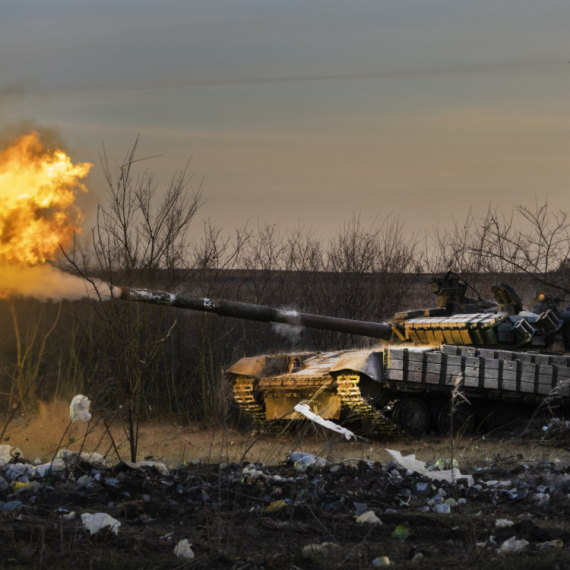

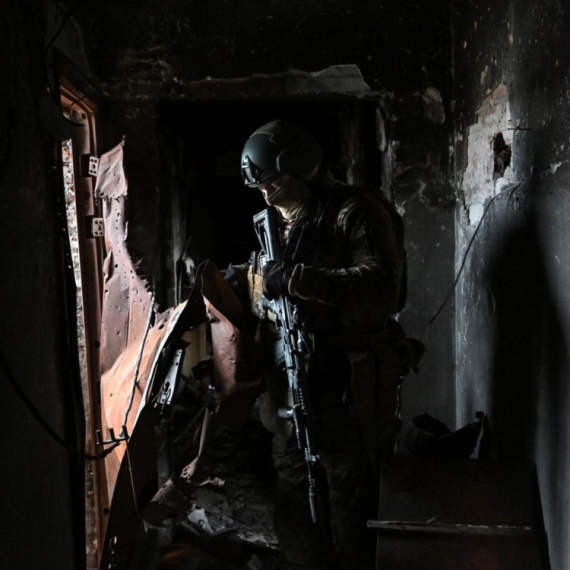

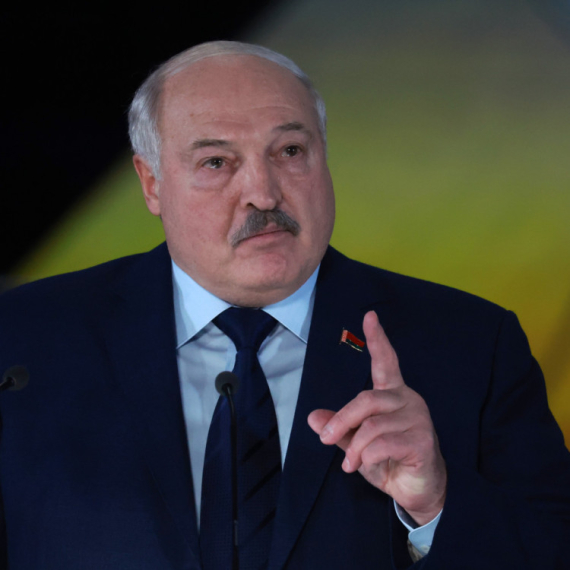




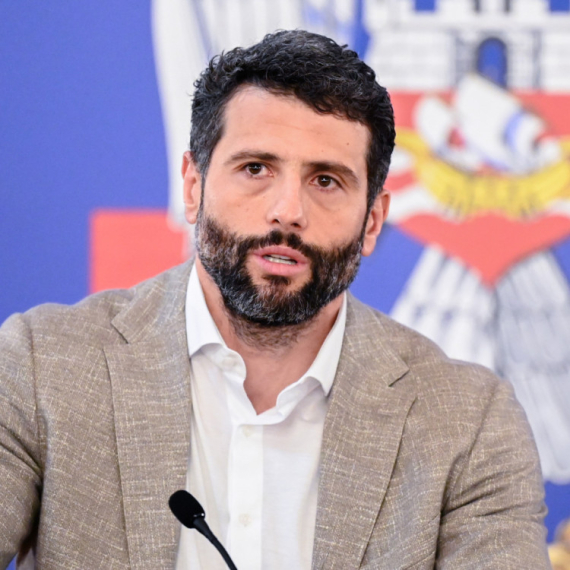
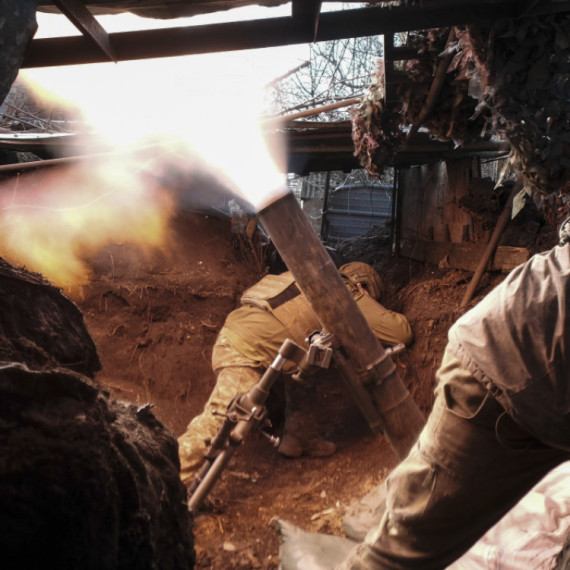
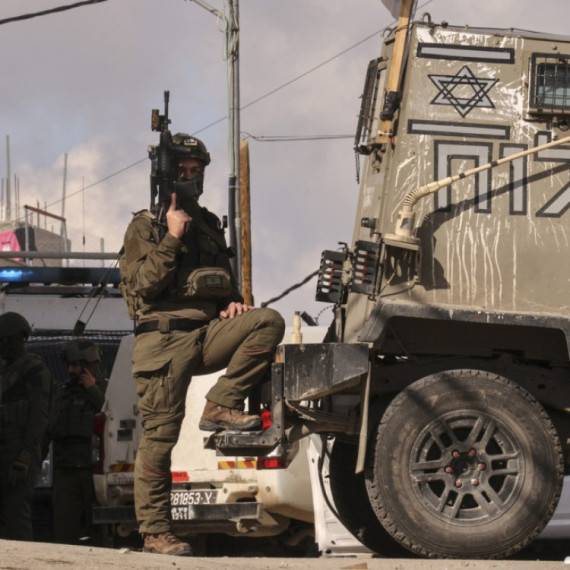

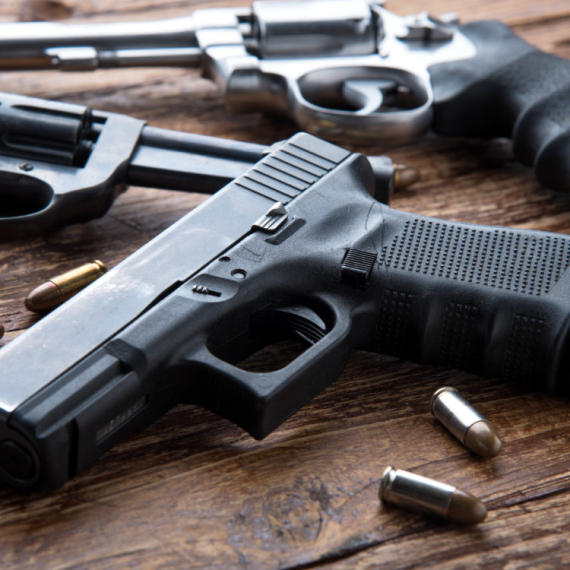
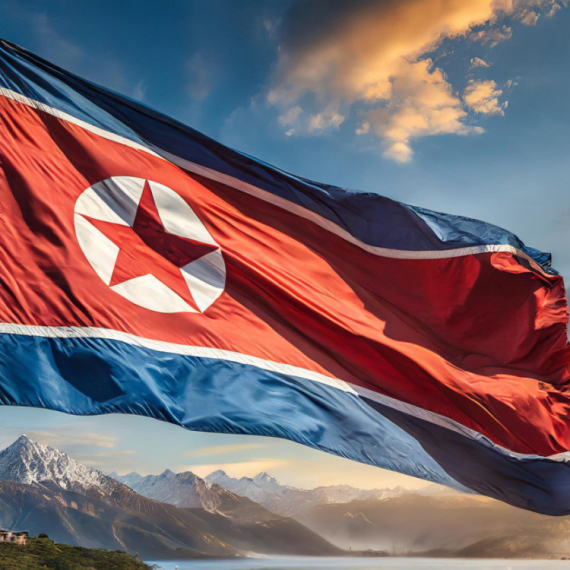




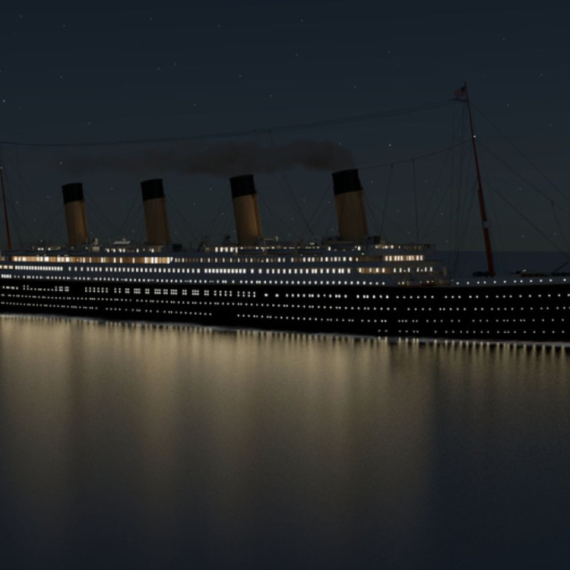








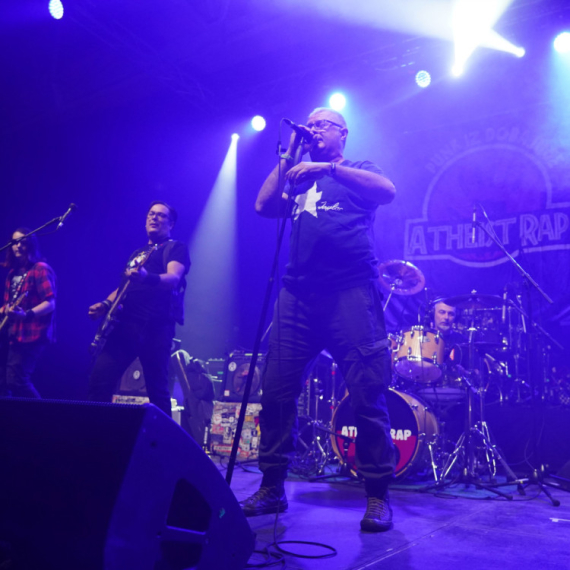
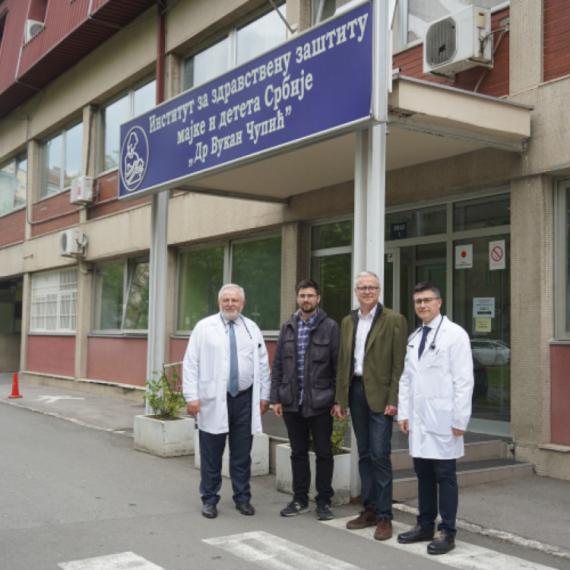
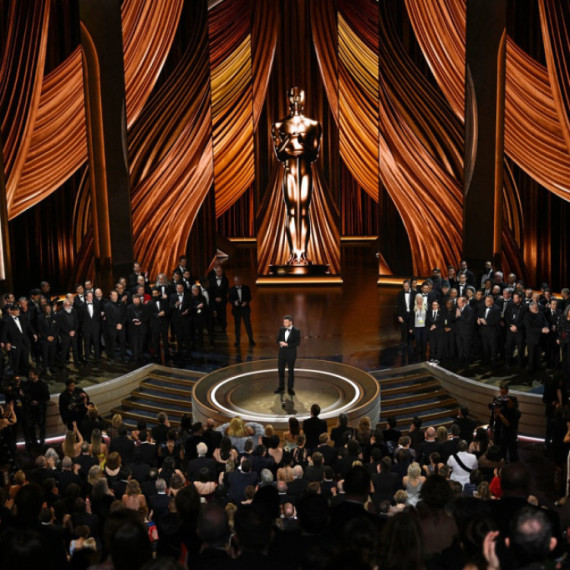
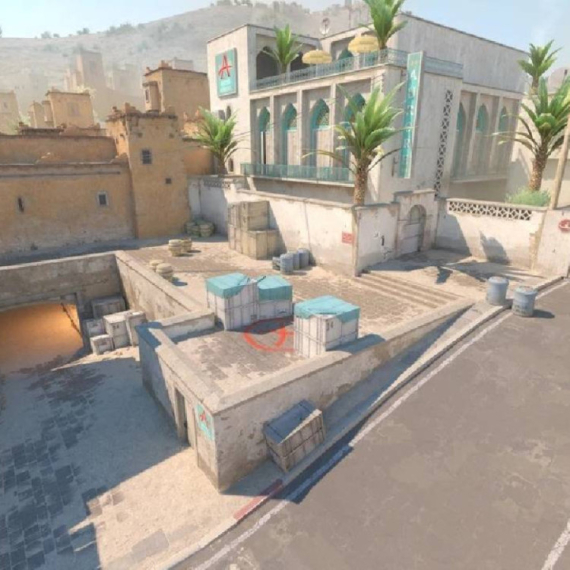





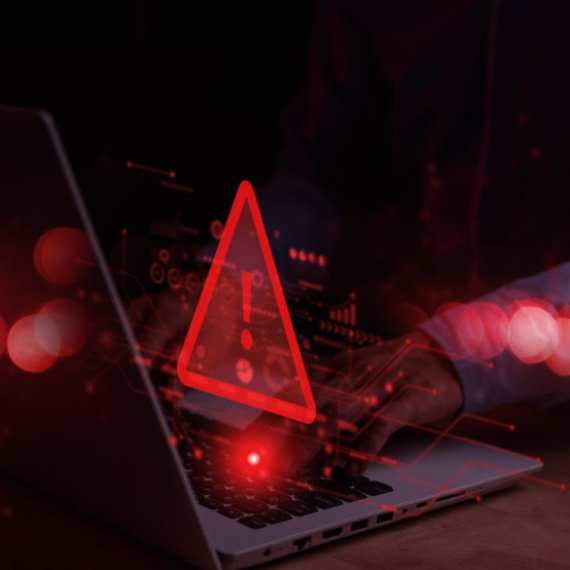

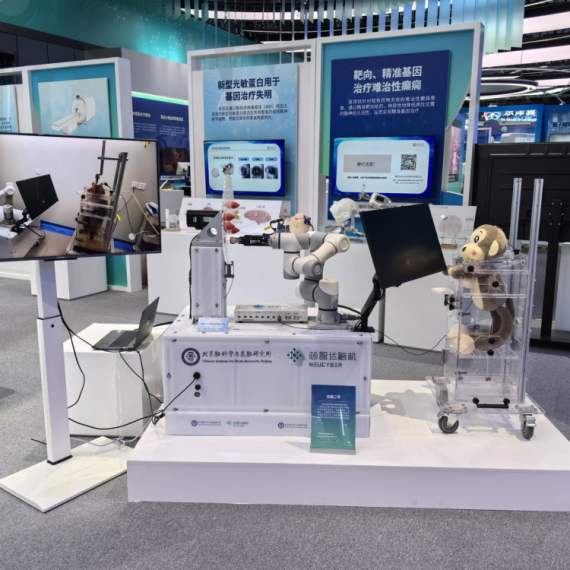
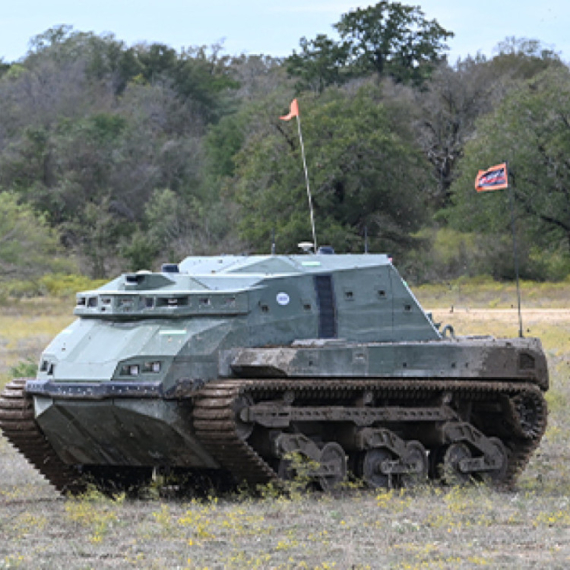


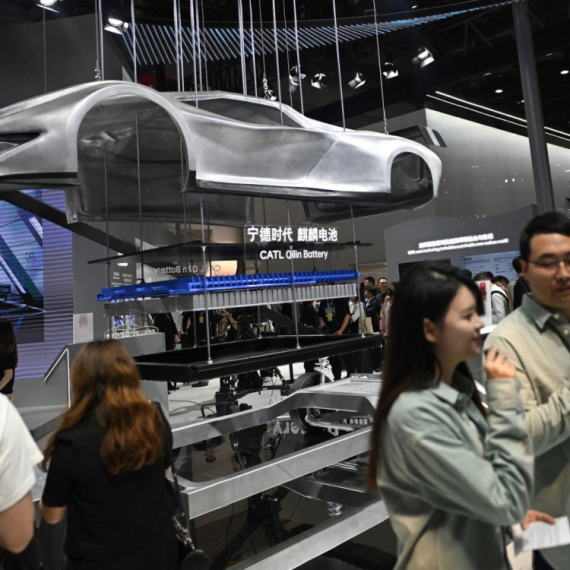
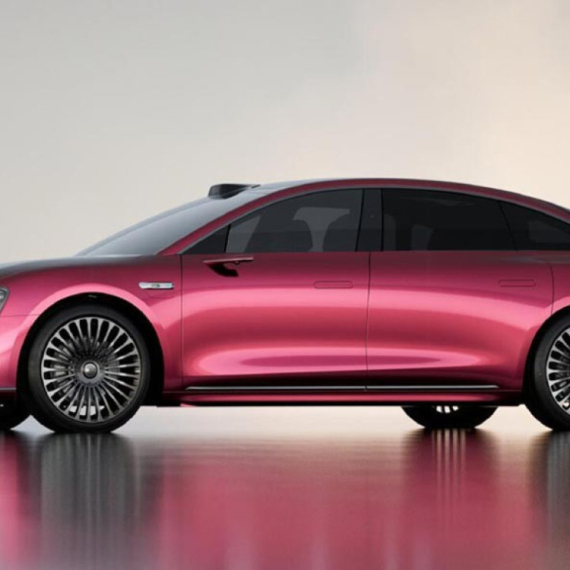



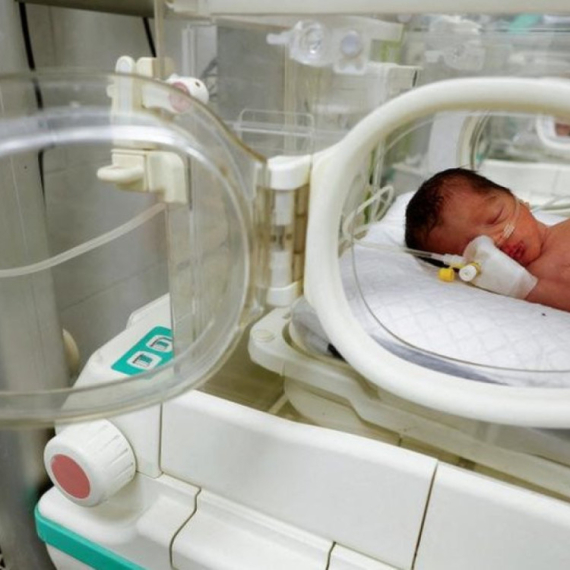

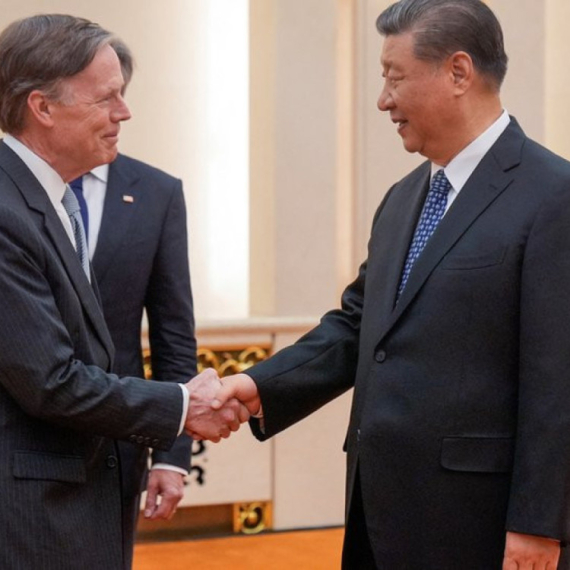

Komentari 0